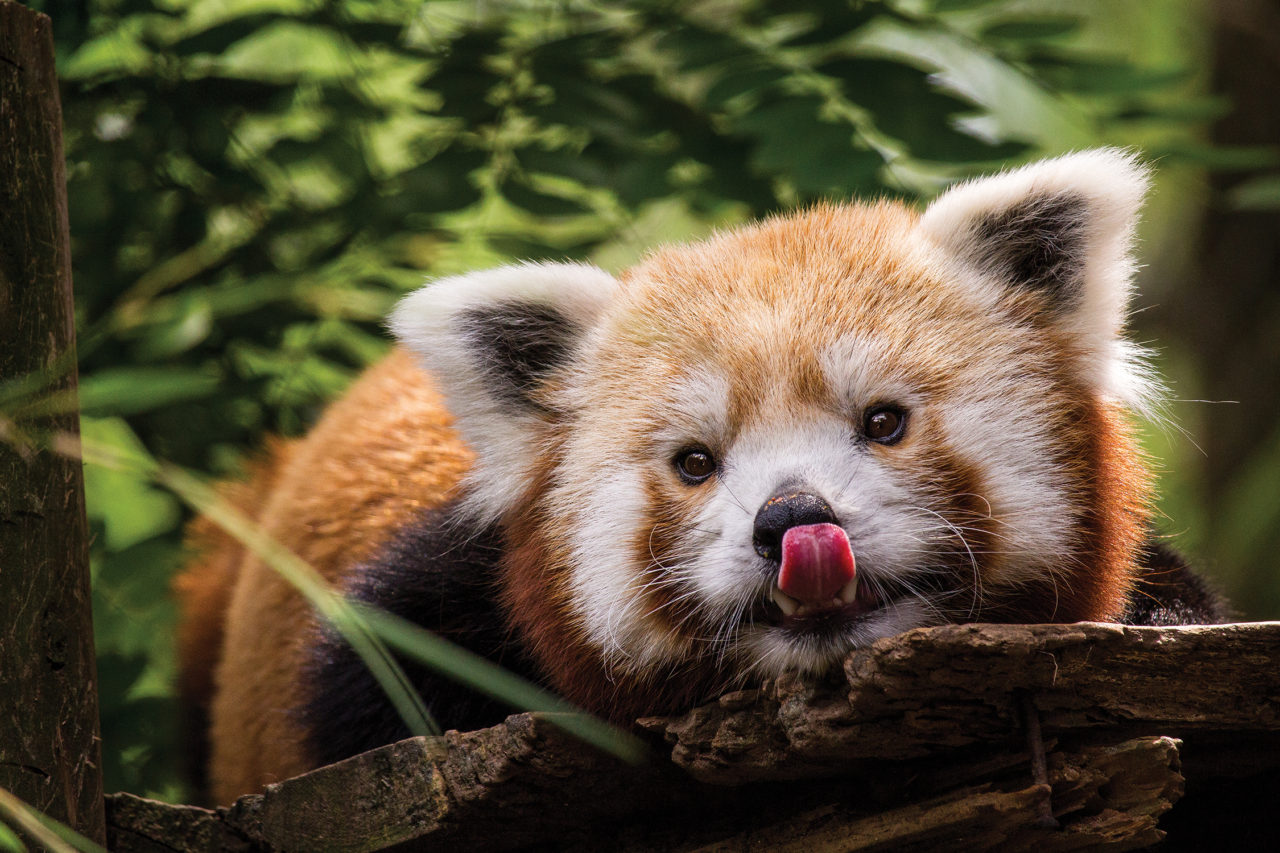
The leopards featured in Mumbai hunt at night, and the heat signature technology presents the big cats in an eerie fashion that highlights some aspects - such as the way their muscles move and the texture of each hair - but downplays others, like their eyes. “That story you wouldn’t be able to do without that technology.” “The leopards in Mumbai were filmed using old military technology that films heat signatures,” she said. So it felt fresh and contemporary but it also felt like it was very, very relevant.

“You can’t avoid the fact that cities are a key habitat and that many, many, many people live in cities. It was kind of unmined territory in a sense,” said White. Packing Heat: “Planet Earth II” focused one episode on a surprising habitat that hasn’t been featured before: cities. “A cameraman up a tree would be distracting the bear.”Ĭheck out a clip of the bears scratching themselves on trees (set to music!) after emerging from hibernation below:Ħ. You certainly couldn’t get that perspective,” said Gunton. “The bears scratching is another example of you probably wouldn’t be able to see. So you could put the context in, but they would also have a couple of others that would give the close-ups and so on.” “So on those particular rocks they would rig a camera so that you had a view that also gave you the landscape. “The crew who put those in position did such a beautiful job because they were working with scientists who knew that certain rocks - they called them kind of ‘pee mail’ where they spray,” added White. READ MORE: ‘Planet Earth II’ Extended Trailer: Hit Nature Docuseries Gets Gorgeous Sequel And you come back and think, ‘Well, what’s in here?’ You take this card out, you put it in the machine and then think, ‘Nothing.’ And then suddenly, as if by magic, over the crest comes a snow leopard.” You leave those cameras there, there’s no cameraman involved other than setting it up and then you go away. I think there’s something rather also kind of old-fashioned-ly magical about it. It’s only through that camera that you can do it. “You could never see what happens with those snow leopards. In some ways, it is my favorite sequence in one sense - because even the racer snakes, which I think is one of the all-time greatest pieces of television ever - we could all go there potentially and sit down with our binoculars and see that,” said Gunton. “It allowed us to tell that story, which was untellable without that technology. There’s a twist to this approach though, which you can find out more about in Episode 7, “The Making of Planet Earth II.” Hanging Out: Although not quite as accurate, another way “Planet Earth II” mimicked an eagle’s flight was with an expert hang glider. White added, “It’s only about three shots, but …the thing I do love about it is you see its head twitching, you see its eyes going.”Ĥ. That causes all sorts of trouble because then people would say, ‘Oh, you’ve used the trained bird.’ In some ways, I regret that shot…but that is a genuine POV, a genuine shot of what it’s like to be an eagle flying.” So they got an eagle and put a camera on the back of it. Gunton explained, “We thought, ‘How can we show what it’s like flying at that extraordinary stoop?’ The ultimate way of doing it would be to actually get an eagle to show you what it’s like. “Planet Earth II’s” solution was to treat the eagle as if it were an extreme sports athlete and strapped a Go Pro-like camera to it. The speed, the altitude and the steepness of its flight is a challenge that a regular cameraman could hardly replicate.

Extreme Eagles: Following the flight of a bird of prey like the golden eagle is no easy feat.
Animalplamet slothcam free#
So with this you could be much more free to move and free to send a camera up in a tree with a rope. “Even filming ‘Frozen Planet’ five or six years ago, the size of the cameras was massive. Camera Size Matters: “Cameras are so much smaller - you can now have them on a kind of handheld gimbal, you can put cameras into remote boxes and leave them up a mountain,” White told IndieWire. Executive producer Mike Gunton and “Islands” episode producer Elizabeth White spoke to IndieWire at the Television Critics Association press tour about how they were able to capture the priceless footage.ġ. 'Everything Everywhere All at Once' and 'Nope' Lead Early Best Original Screenplay Contendersįortunately, “ Planet Earth II” used a variety of sneaky ways to film their animal stars. 'Interview with the Vampire' Review: A Devilishly Sharp Spin on Anne Rice's Classic That AMC Theatres Gold Mine Just Struck Coal READ MORE: ‘Planet Earth II’ Video: Epic Iguana and Snake Battle Sets Internet Ablaze - Watch


 0 kommentar(er)
0 kommentar(er)
